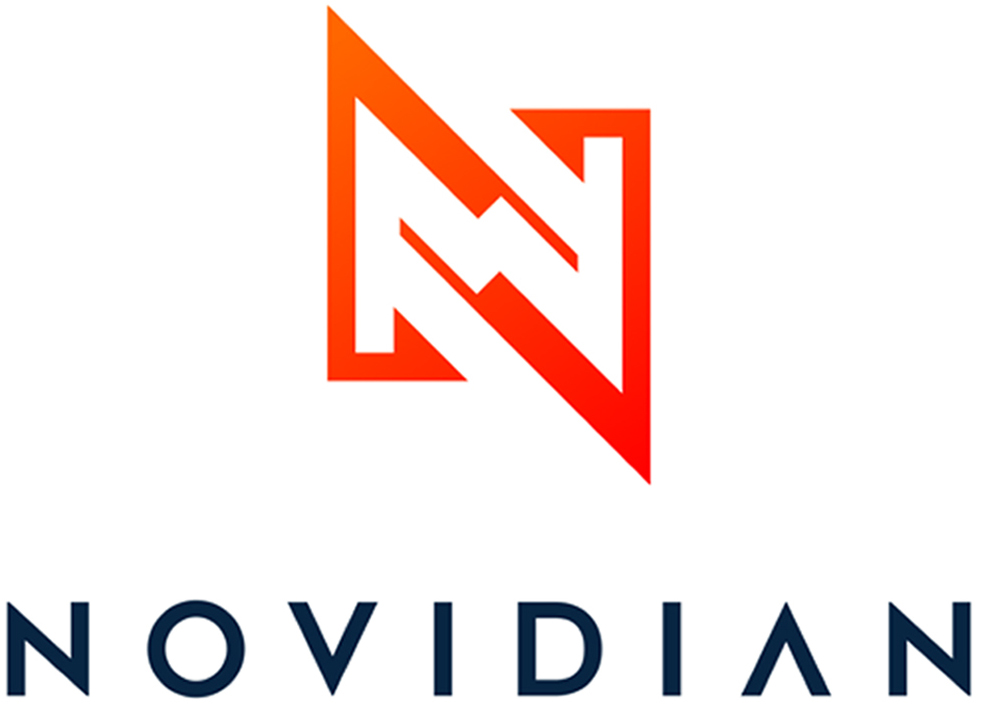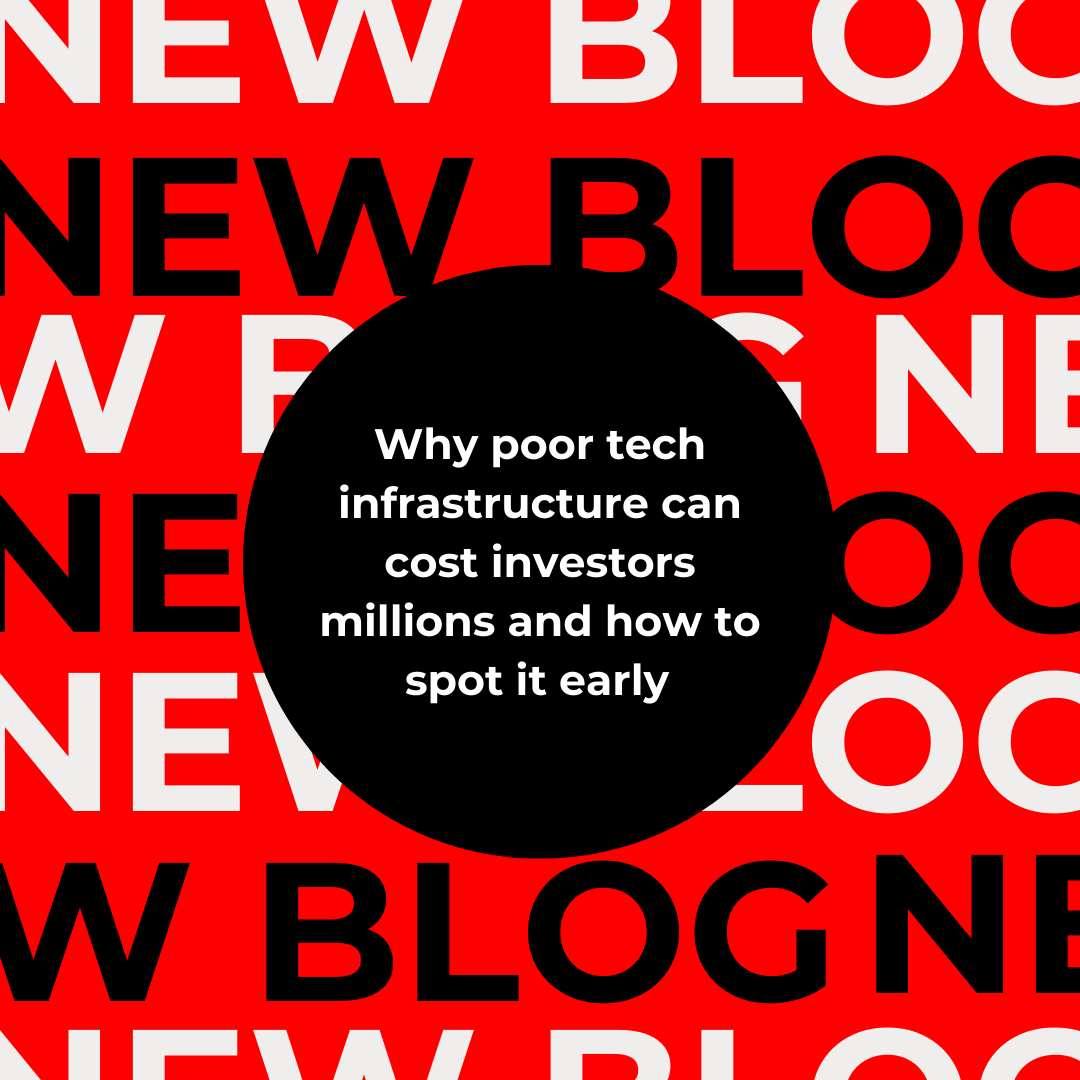Why poor tech infrastructure can cost investors millions and how to spot it early
Technology infrastructure serves as the backbone of innovation and operational efficiency. However, when it’s flawed or neglected, the repercussions can be financially devastating. Understanding the potential pitfalls and recognising early warning signs are essential steps in safeguarding your investments.
Note: Don’t wait until it’s too late. Understand the current state of tech infrastructure before you invest. Contact us if you’d like help assessing a startup’s tech infrastructure.
Tech infrastructure failures 101
Investments in startups inherently carry risks, but poor tech foundations can make these risks worse. Malfunctioning or outdated IT infrastructure can lead to operational disruptions, security breaches, and ultimately, a loss of investor capital.
Boeing’s 737 Max disaster
Boeing’s 737 Max aircraft faced global scrutiny following two fatal crashes in 2018 and 2019, resulting in the tragic loss of 346 lives. Investigations showed that software flaws in the Manoeuvring Characteristics Augmentation System (MCAS) were central to these disasters. The result of this devastation saw the grounding of the 737 Max fleet worldwide, leading to billions in financial losses for Boeing and its investors and a huge dent to its reputation. This incident shows how critical software issues can escalate into catastrophe.
Amazon Web Services (AWS) packs a punch
Amazon Web Services, a huge player in cloud computing, has experienced significant outages that disrupted numerous businesses. For example, a major outage in December 2021 affected services like Netflix and Disney+.
Both events highlight there’s no time to Netflix and chill when it comes to this stuff and how important it is to have robust and resilient tech infrastructure.
Spotting the warning signs
As an investor, being able to spot potential tech infrastructure issues before they spiral is key. Here are the areas we recommend keeping an eye on:
Scalability
A startup’s technology should be able to grow with its business. If the infrastructure can’t handle increased demand, it can lead to system crashes and lost revenue. Check whether the company’s tech solutions are designed with scalability in mind.
Security measures
Inadequate security protocols can expose a company to cyber threats, resulting in data breaches and financial losses. Evaluate the startup’s commitment to cybersecurity. Does it hold regular assessments and carry out updates?
Maintenance and updates
Outdated systems are more prone to failures. Does the startup have a proactive approach to maintaining and updating its technology infrastructure?
Disaster recovery plans
A sound disaster recovery plan is essential for business continuity. See if the startup has strategies in place to quickly recover from unexpected tech failures.
Compliance and regulations
Non-compliance with industry standards can lead to legal penalties and operational shutdowns. Make sure the startup’s tech infrastructure complies with relevant regulations.
Checks before cheques – how to be proactive as an investor
To prevent any risks associated with poor tech infrastructure, investors should:
- Conduct thorough due diligence: Beyond financials, take a look at the startup’s technology stack, security protocols, and maintenance practices.
- Engage technical experts: Consult with professionals to evaluate how solid a startup’s infrastructure actually is.
- Stay up to date: Keep on top of the startup’s tech advancements and how they align with industry standards.
Investing in startups requires a deep understanding of all areas of the business—technology infrastructure should be a priority. By recognising the signs of potential tech failures and taking proactive steps, you can protect your interests and contribute to the sustainable growth of innovative businesses.
If you’ve invested in a tech startup and want to improve its technology infrastructure, then use our 20 plus years of CTO experience. Our PAYG service means you can pay for as little or as much support as your budget allows. Contact us to find out more.

